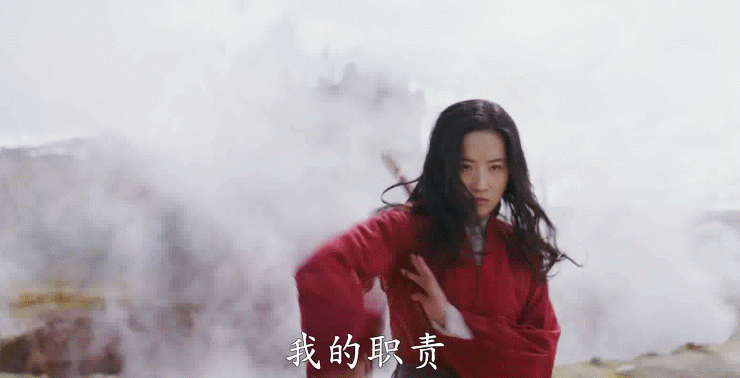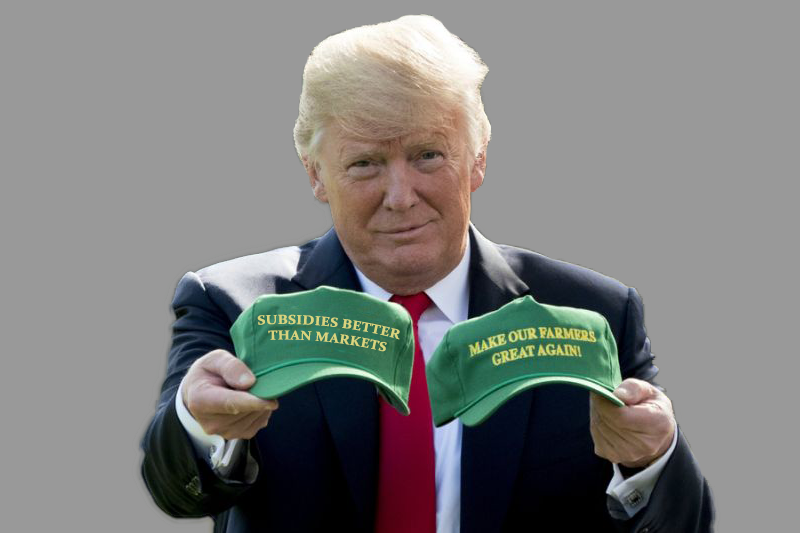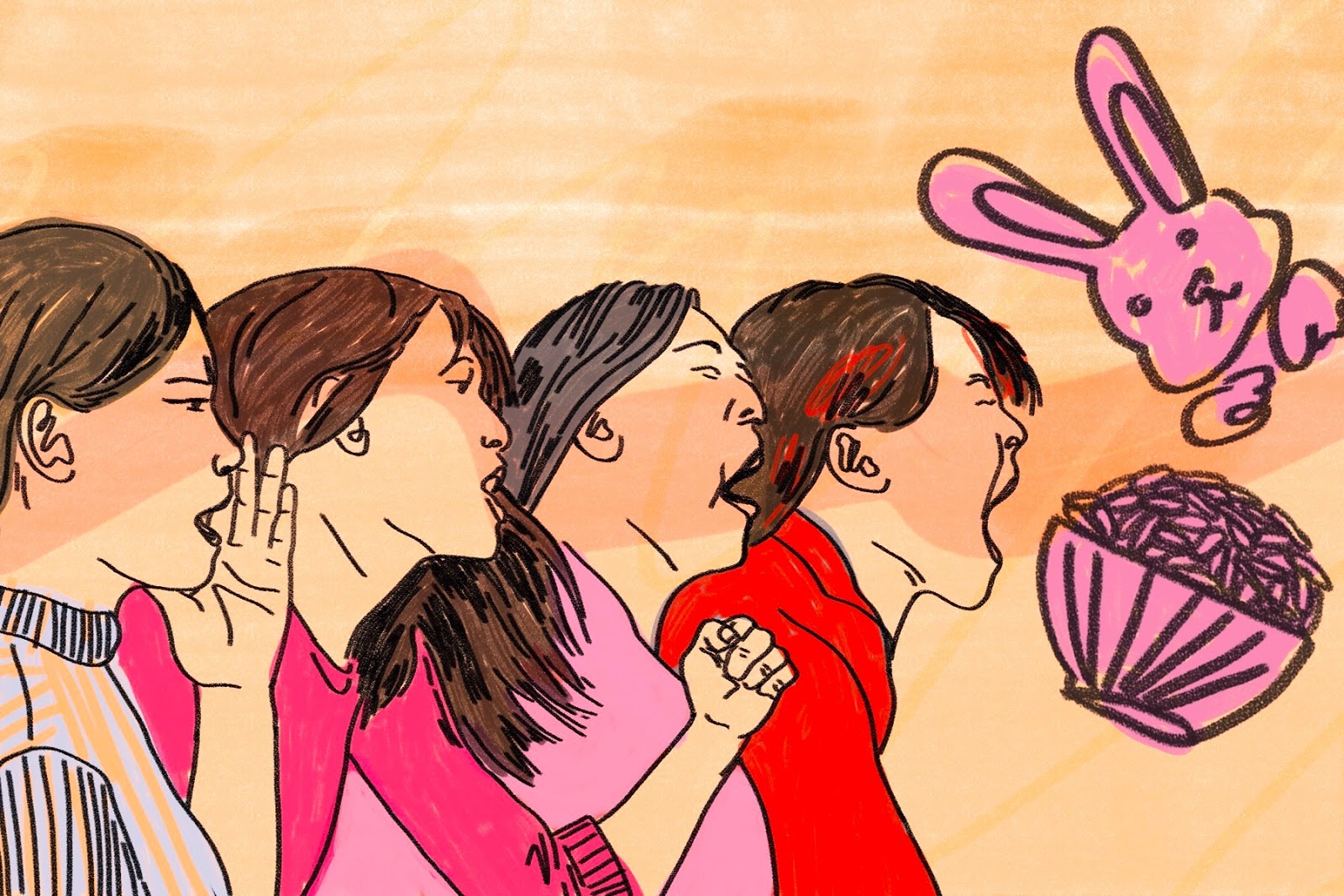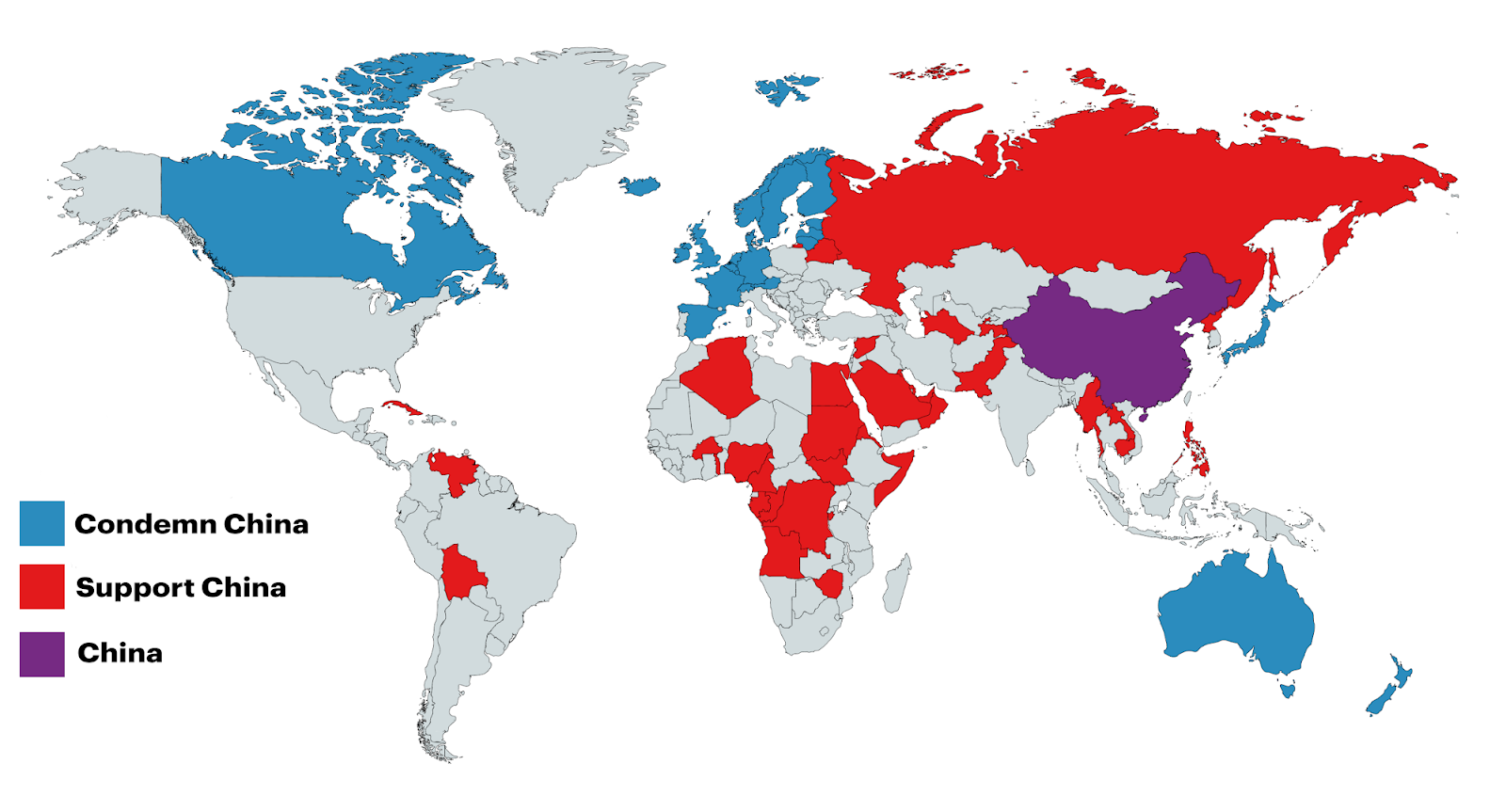Weekly Briefing: Who is the real Mulan?; #MeToo in Chinese; China is going to Mars


Hello, readers! The China Project Weekly Briefing is our newest feature, detailing the most important China news from the past week. It also comes in the form of a newsletter — sign up using the box at the top of our homepage.
~
We have just published our newest quarterly Red Paper, which summarizes news from China, three months at a time. It’s available for purchase on our The China Project Shop, or for free with a The China Project Access subscription.
—The Editors
1. Mulan: Disney takes second shot at portraying classic Chinese folk tale

Photo credit: Scene from the trailer for Disney’s Mulan.
She traveled ten thousand miles to do battle,
and traversed mountain passes as though flying;
the night air moved the watchman’s rattle;
the cold light glinted on her armor.
This is a stanza from the original Ballad of Mulan (木兰辞 mùlán cí), the most famous version of an ancient Chinese folk tale about a daughter that disguises her gender to serve in her father’s stead in the military. A side-by-side translation of the short poem by David K. Jordan at UCSD is worth reading — and only takes a couple of minutes to read.
Disney on July 7 released a trailer (YouTube link here) of its upcoming live-action remake of the 1998 American classic animated film, Mulan.
The remake features Chinese actress Liú Yìfēi 刘亦菲 as the legendary heroine, who can be seen in the trailer jumping from roof to roof, wielding swords, and pulling off martial arts stunts.
HOW WAS THE TRAILER RECEIVED IN CHINA?
Chinese people still know Mulan largely from the original ballad, rather than the 1998 Disney movie, which Quartz notes was a flop in China. Here are some common reactions to the trailer from the Chinese internet (see The China Project for more):
- Chinese people thought Liu Yifei was good at martial arts — or at least, she appeared to be better at acting in these types of scenes than the look-pretty romance stories she had appeared in previously.
- But a “baffling inaccuracy” mystified Chinese viewers, as this Mulan was shown as living in a tulou (土楼 tǔlóu), a large round-shaped communal house unique to the Hakka people in what is modern-day Fujian Province in southeastern China. The original text indicates that Mulan would have likely been from what is today northern China, and was probably not even Han Chinese, let alone Hakka. Also, tulou architecture was not invented until probably 1,000 years after the time of Mulan.
- There was also a debate about the exaggerated makeup that Mulan is shown wearing during a betrothal scene — though one expert pointed out that the odd style is actually in line with the tale’s historical context.
THE MANY VERSIONS OF MULAN
The original Ballad of Mulan contains no romantic subplot (or main plot), though the novelist Jeanette Ng writes on Twitter that there are countless variations of the Mulan story and some do have romantic elements.
2. The forever trade war

Photo credit: The China Project illustration
The U.S.-China trade war has dragged on into its second year, and the end is nowhere in sight. The first round of major tariffs went into effect on July 6, 2018. Since then, U.S.-China relations have deteriorated to such a level that even if tariffs were magically lifted today, a “new normal” of increased animosity between the world’s two most powerful countries is certain to continue.
Here are the most significant recent developments:
- Trade war talks resumed, with a call between two lead negotiators on each side on July 9, CNBC reports. Many observers are pessimistic about the prospects for a successful conclusion.
- China has not bought more U.S. agricultural products, despite Trump claiming over two weeks ago that Beijing would order “a tremendous amount…almost immediately,” the New York Times reports (porous paywall).
- U.S. firms will be able to sell to Huawei, U.S. Commerce Secretary Wilbur Ross confirmed, after they apply for and are granted licenses. No specifics have been announced.
IS CHINA THE ENEMY OF THE U.S.?
There is an intense ongoing debate in Washington, D.C., about what the U.S. stance toward China should be.
- “China is not an enemy,” dozens of China scholars, diplomats, businesspeople, and former government officials argued in an open letter on July 3.
- There was a backlash, of course, and a garishly patriotic competing open letter. John Pomfret, the veteran journalist and author of a book on the history of U.S.-China relations, also wrote a critical response in the Washington Post.
- Meanwhile, Americans are being detained at “the borders and at their hotels, and with the obvious intent to send a message to the Trump administration that they can engage in hostage diplomacy if push comes to shove,” a lawyer who works with American firms in China told the New York Times.
3. China’s #MeToo movement, explained

Photo credit: An illustration for The China Project’s #MeToo explainer, by Anna Vignet.
After several women publicly accused Hollywood mogul Harvey Weinstein of sexual misconduct in 2017, the #MeToo hashtag snowballed into a global movement that has encouraged women across the world to come forward with their stories of being sexually assaulted or harassed.
- Although Chairman Mao famously said that women hold up half the sky, and the country made great progress in bringing women out of the house starting in the 1950s, systemic patriarchy and misogyny are still deeply ingrained. Nonetheless, the #MeToo movement erupted on Chinese social media at the beginning of 2018.
- Since the movement took off, it has brought down scores of high-profile men across industries, such as anti-discrimination activist Léi Chuǎng 雷闯, prominent Buddhist monk Shì Xuéchéng 释学诚, and a string of college professors.
- The movement also injected several feminist topics into the public discourse, such as the prevalence of victim-blaming rhetoric and the importance of consent.
FIND OUT MORE ABOUT CHINESE FEMINISM
On The China Project, we have published these pieces to help you learn more:
- An explainer on China’s #MeToo movement, walking through how it progressed and what the future holds for it.
- A Q&A with Lü Pin 吕频, a leading feminist activist who has been working on women’s rights issues in China for more than 20 years.
4. Concentration camps or a model counterterrorism program?

Top photo: A visual representation of countries that signed letters to the UN Human Rights Council against and in defense of China’s ethnic policies in the Xinjiang region. Map made by Reddit user Hamena95; for a full-resolution image, click here.
An extraordinary event in human rights diplomacy happened in the last week: Two unprecedented letters to the president of the UN Human Rights Council were signed by dozens of countries expressing either support for or condemnation of China’s treatment of Turkic Muslims in the Xinjiang region.
- The condemnation came first, from the ambassadors of 22 countries, including Australia, Canada, Japan, and many Western European countries, but not the United States, which quit its position on the council a year ago.
- China responded with a letter of its own: Russia and Saudi Arabia were among the 37 states that expressed support for China’s ethnic policies in Xinjiang as a successful “counter-terrorism and deradicalization” program, Reuters reports.
WHAT’S REALLY GOING ON IN XINJIANG?
As we wrote in the The China Project Weekly Briefing last week, scholars estimate that there are as many as 1.5 million Turkic Muslims in “re-education camps” — i.e., concentration camps — in China’s western Xinjiang region. The goal of the mass internment campaign, which began in the spring of 2017, has been reported to be forced assimilation of ethnic minorities — i.e., cultural genocide — that Beijing considers to be a threat to stability.
The Australian ABC has multiple new resources to learn more:
- Tell the world — a 45-minute documentary on the crisis
- The missing: Meet the families torn apart by China’s crackdown on Uyghurs
- Cotton On and Target investigate suppliers after forced labor of Uyghurs exposed in China’s Xinjiang
5. China is going to Mars next year

Photo credit: A computer animation of what China’s Mars 2020 lander will look like, via Xinhua.
China is aiming to send a satellite and a surface rover to Mars next year, Ōuyáng Zìyuǎn 欧阳自远, a scholar at the Chinese Academy of Science, confirmed earlier this month, 21st Century Business Herald reported (in Chinese).
It could be the first time any country other than the U.S. successfully lands and operates a spacecraft on Mars, according to SpaceNews in an update on China’s program in May. NASA is on track to send its fifth Mars rover to the Red Planet next year, Space.com reports.
China’s space program is making other big leaps. See, for example, our June 25 Weekly Briefing that featured a story on the China Space Station, which is due to be operational in 2022.
~
The China Project Weekly Briefing is sent as a newsletter every Tuesday — subscribe by entering your email into the box at the top of our homepage. To get daily roundups of China news, access to a members-only Slack channel and exclusive expert chats, and discounts on other The China Project events and products, sign up for The China Project Access today!





